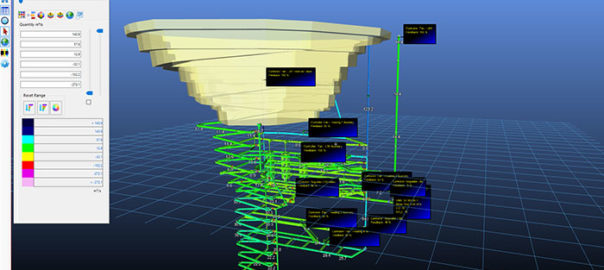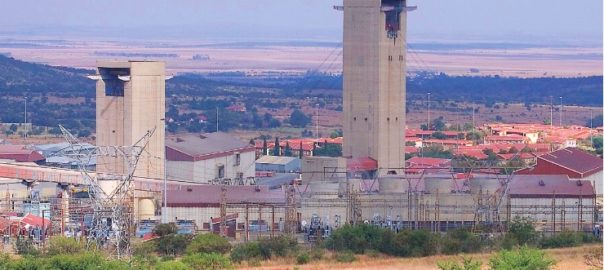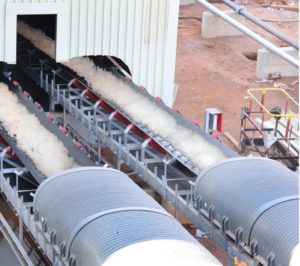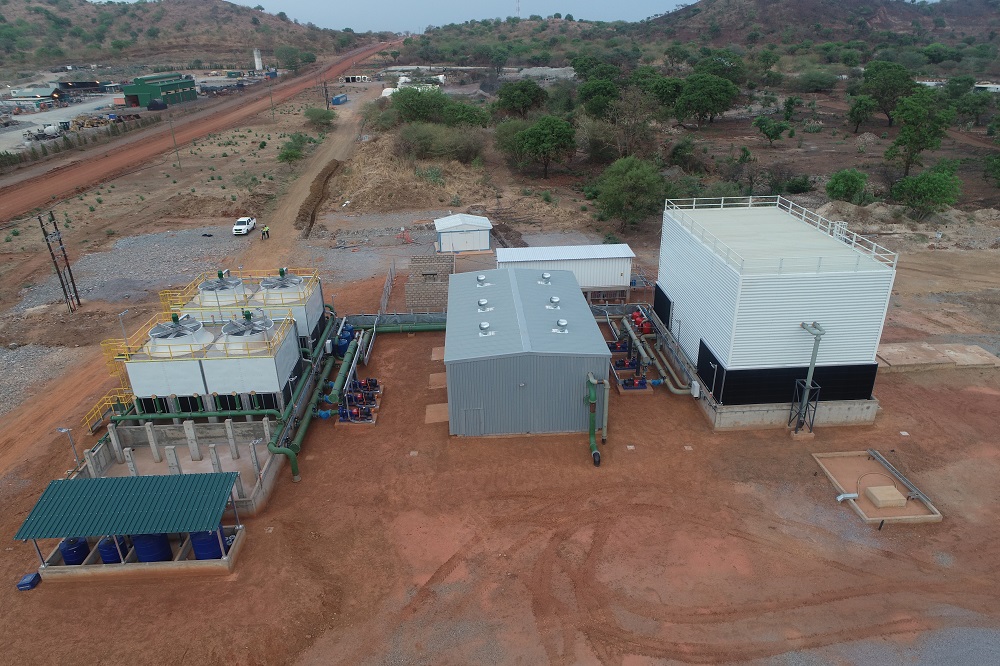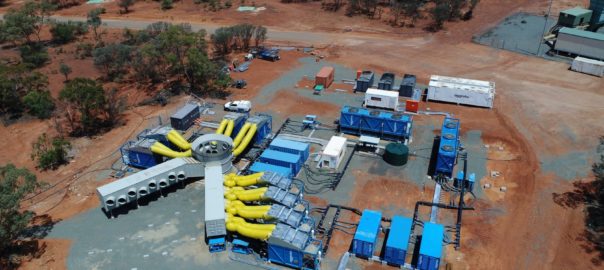Howden has launched the latest update to its Ventsim CONTROL software, featuring an “on demand” solution for mine ventilation cooling.
Software connected to hardware devices from Howden or other third parties remotely monitors, controls and automates airflow heating and cooling. This means users can monitor temperatures at deeper levels, and push back cooled air more efficiently. The technology provides safer ventilation that is more productive and cost effective, according to Howden.
The Ventsim CONTROL solution also offers a 3D modelling capability within the software, which helps users to better predict and control air flows based on what is evidenced in the simulation.
The technology will be featured at the Ventsim User Conference from March 16-18, 2022.
Hugo Dello Sbarba, Director of Ventsim and Sales Mining at Howden, said: “Our on demand update to Ventsim CONTROL aligns with trends we are seeing in the industry towards deeper mines which require cooled air to achieve higher standards of health and safety for workers. Currently, many mines put a cooling plant at surface level and cool air regardless of its destination or where it’s needed as there aren’t intelligent controls to pinpoint the localised need, which is often at deeper levels. These new controls ensure the cool air goes where it is required, saving operating and energy costs.
“The improved efficiency supports the move to more sustainable operations, and the health and safety benefit allows mines to adopt higher standards in advance of incoming regulations.”







